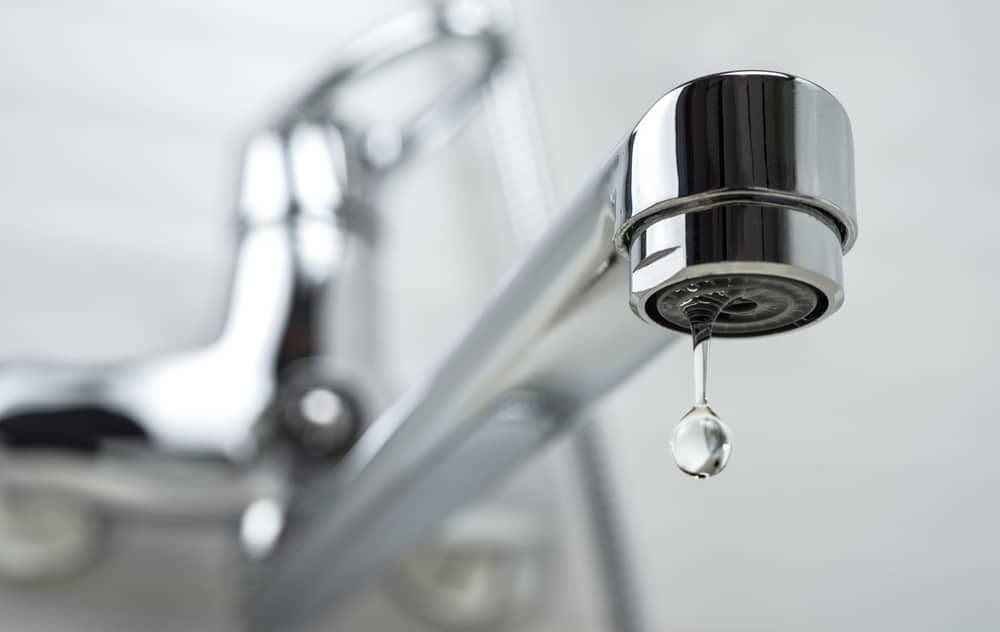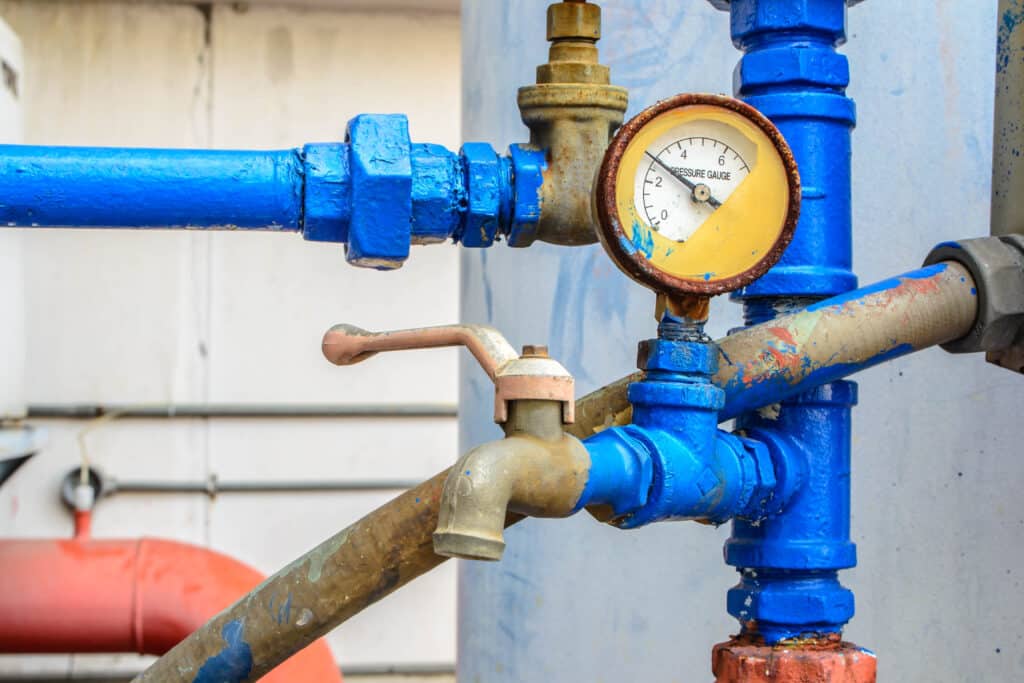Straightforward Methods for Resolving Low Water Pressure in Your Home
Straightforward Methods for Resolving Low Water Pressure in Your Home
Blog Article
Are you currently hunting for resources involving Low Water Pressure in the House??

Low water pressure in your home can be a discouraging trouble, influencing whatever from showering to washing meals. If you're experiencing weak water circulation, there are a number of possible reasons and services to explore. In this overview, we'll review usual factors for low water pressure and functional actions to deal with the issue properly.
Introduction to Low Water Pressure
Low water stress happens when the flow of water from your taps, showers, and other fixtures is weak than usual. This can make everyday tasks much more challenging and much less reliable. Comprehending the root causes of low water pressure is important to finding the ideal option.
Usual Root Causes Of Low Water Pressure
Pipeline Obstructions
Over time, pipes can end up being obstructed with mineral deposits, sediment, or particles, limiting the circulation of water. This is an usual concern in older homes with galvanized steel pipelines.
Rust
Deterioration within pipelines can bring about leakages and minimized water pressure. Corrosion build-up can tighten water flow, particularly in maturing plumbing systems.
Faulty Pressure Regulators
Pressure regulatory authorities are responsible for maintaining constant water stress in your house. If they malfunction, it can lead to low water stress or irregular flow throughout your home.
Metropolitan Water System Issues
Occasionally, the problem lies outside your home. Metropolitan water supply problems, such as main line leakages or upkeep work, can momentarily decrease water pressure in your location.
Exactly How to Detect Low Tide Stress
Inspecting Faucets and Components
Beginning by checking the water pressure at different faucets and fixtures throughout your home. If the concern is isolated to certain areas, it may indicate localized issues.
Inspecting Pipelines
Examine visible pipelines for signs of leakages, deterioration, or blockages. Pay attention to any kind of unusual audios, such as banging or rattling pipelines, which could indicate issues within the plumbing system.
Consulting with a Plumber
If you're unable to pinpoint the root cause of low tide stress, consider employing an expert plumber to perform a comprehensive inspection. They can determine underlying concerns and suggest appropriate solutions.
DIY Solutions to Fix Low Water Pressure
Cleaning Aerators and Showerheads
Natural resources can gather in aerators and showerheads, minimizing water circulation. Get rid of and clean these parts routinely to boost water stress.
Flushing Hot Water Heater
Sediment buildup in the water heater can limit circulation and minimize efficiency. Purging the storage tank regularly assists get rid of debris and keep optimum efficiency.
Examining Pressure Regulatory Authority
Make sure that the pressure regulatory authority is working appropriately. Adjusting or changing the regulator can aid bring back proper water pressure throughout your home.
Cleaning Clogs in Piping
For minor obstructions, attempt making use of a plumbing snake or chemical drainpipe cleaner to clear blockages in pipes. Be cautious when utilizing chemicals and adhere to safety and security guidelines.
When to Call a Specialist Plumber
If do it yourself initiatives fall short to solve the problem or if you suspect significant plumbing problems, it's ideal to seek assistance from a licensed plumber. They have the experience and devices to address complicated concerns securely and properly.
Safety Nets to Preserve Water Stress
Regular Maintenance
Arrange routine maintenance for your plumbing system to stop problems such as corrosion, leaks, and blockages. Dealing with minor troubles early can aid avoid more significant fixings in the future.
Installing a Stress Booster
Take into consideration installing a stress booster pump to improve water pressure in areas with continually low circulation. This can be particularly beneficial for multi-story homes or residential or commercial properties with high-demand components.
Surveillance Water Usage
Bear in mind water usage routines and stay clear of ill-using the plumbing system. Basic modifications, such as astonishing showers and laundry lots, can assist maintain ample water pressure.
Conclusion
Handling low water pressure can be frustrating, yet recognizing the underlying causes and implementing appropriate solutions can restore optimal flow throughout your home. Whether it's cleansing aerators, evaluating pipelines, or speaking with a plumber, taking positive steps can make certain a constant supply of water for your day-to-day needs.
FOUR WAYS TO FIX LOW WATER PRESSURE NOW
Turning on a shower or faucet only to find the water comes out in a sad, slow drizzle is never a good feeling. How exactly are you supposed to wash a pan or take a quick shower when it takes 10 minutes just to rinse off a little soap? The good news is that when your water pressure is bad, there's always a cause: typically one that can be easily fixed. Here are some of the most common causes of low pressure and what you can do to fix the issue:
DEBRIS AND MINERAL DEPOSIT BUILDUPS
If you notice low water pressure from just one or two of the fixtures in your house, the problem likely has to do with debris buildup. Water is full of minerals and other debris, all of which can accumulate in your pipes and on your fixtures. This can cause a blockage that affects how much water flows through. To fix this, try filling a small plastic bag with white vinegar, and use a rubber band to hang it around your showerhead or faucet. Let the head of the fixture soak for a few hours, and the vinegar should loosen the deposits.
WATER LEAKS
Leaks are another common cause of low water pressure. If water is flowing out of your plumbing through a hole or crack before it can reach your fixture, the pressure coming out of the faucet or showerhead will be lower. A plumbing professional is your best bet for finding and repairing a leak in your water supply pipes.
Leaks are another common cause of low water pressure. If water is flowing out of your plumbing through a hole or crack before it can reach your fixture, the pressure coming out of the faucet or showerhead will be lower. A plumbing professional is your best bet for finding and repairing a leak in your water supply pipes.
FOUR WAYS TO FIX LOW WATER PRESSURE NOW
Turning on a shower or faucet only to find the water comes out in a sad, slow drizzle is never a good feeling. How exactly are you supposed to wash a pan or take a quick shower when it takes 10 minutes just to rinse off a little soap? The good news is that when your water pressure is bad, there's always a cause: typically one that can be easily fixed. Here are some of the most common causes of low pressure and what you can do to fix the issue:
DEBRIS AND MINERAL DEPOSIT BUILDUPS
If you notice low water pressure from just one or two of the fixtures in your house, the problem likely has to do with debris buildup. Water is full of minerals and other debris, all of which can accumulate in your pipes and on your fixtures. This can cause a blockage that affects how much water flows through. To fix this, try filling a small plastic bag with white vinegar, and use a rubber band to hang it around your showerhead or faucet. Let the head of the fixture soak for a few hours, and the vinegar should loosen the deposits.
WATER LEAKS
Leaks are another common cause of low water pressure. If water is flowing out of your plumbing through a hole or crack before it can reach your fixture, the pressure coming out of the faucet or showerhead will be lower. A plumbing professional is your best bet for finding and repairing a leak in your water supply pipes.
Leaks are another common cause of low water pressure. If water is flowing out of your plumbing through a hole or crack before it can reach your fixture, the pressure coming out of the faucet or showerhead will be lower. A plumbing professional is your best bet for finding and repairing a leak in your water supply pipes.
A VALVE ISSUE
If you have low water pressure throughout your home, check your main shut-off valve to make sure it's completely open. You may also want to see if there's a pressure-reducing valve installed. If there is, have a plumber help you adjust the settings to get the pressure you're looking for.
OTHERS USING WATER
Believe it or not, your low water pressure could be caused by your neighbors. If you notice low pressure at certain times of day, it may be because you and the people living next to you have similar schedules - when everyone is showering at the same time, the pressure will be lower in every home. Low pressure throughout the neighborhood may also be caused by an issue with your municipal water supply. If that's the case, call the supplier to see if they're working on the issue.
https://www.rotorooter.com/blog/water-leaking/low-water-pressure-fixes/

Do you like reading about Dealing with Low Water Pressure in Your Home? Give a remark down below. We'd be pleased to see your insights about this entry. We are looking forward that you visit us again in the near future. Are you aware of another person who is inquisitive about 9 Reasons for Low Water Pressure in Your House? Please feel free to promote it. We value reading our article about Dealing with Low Water Pressure in Your Home.
Call Today Report this page